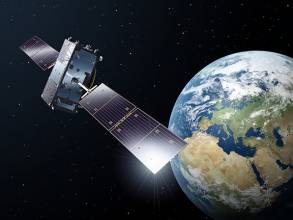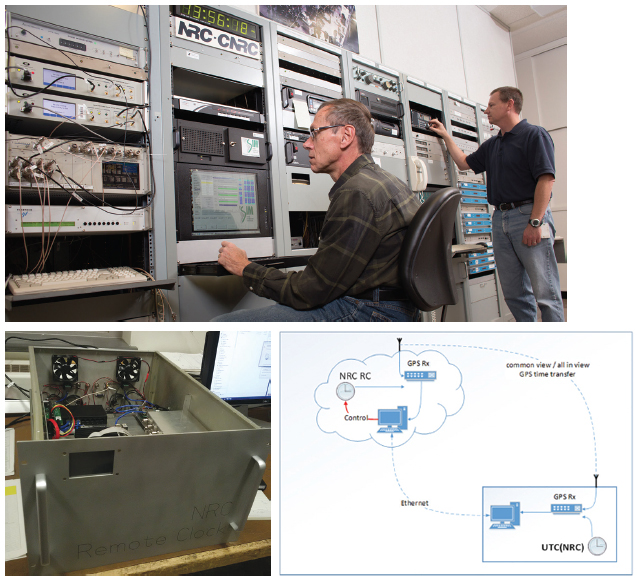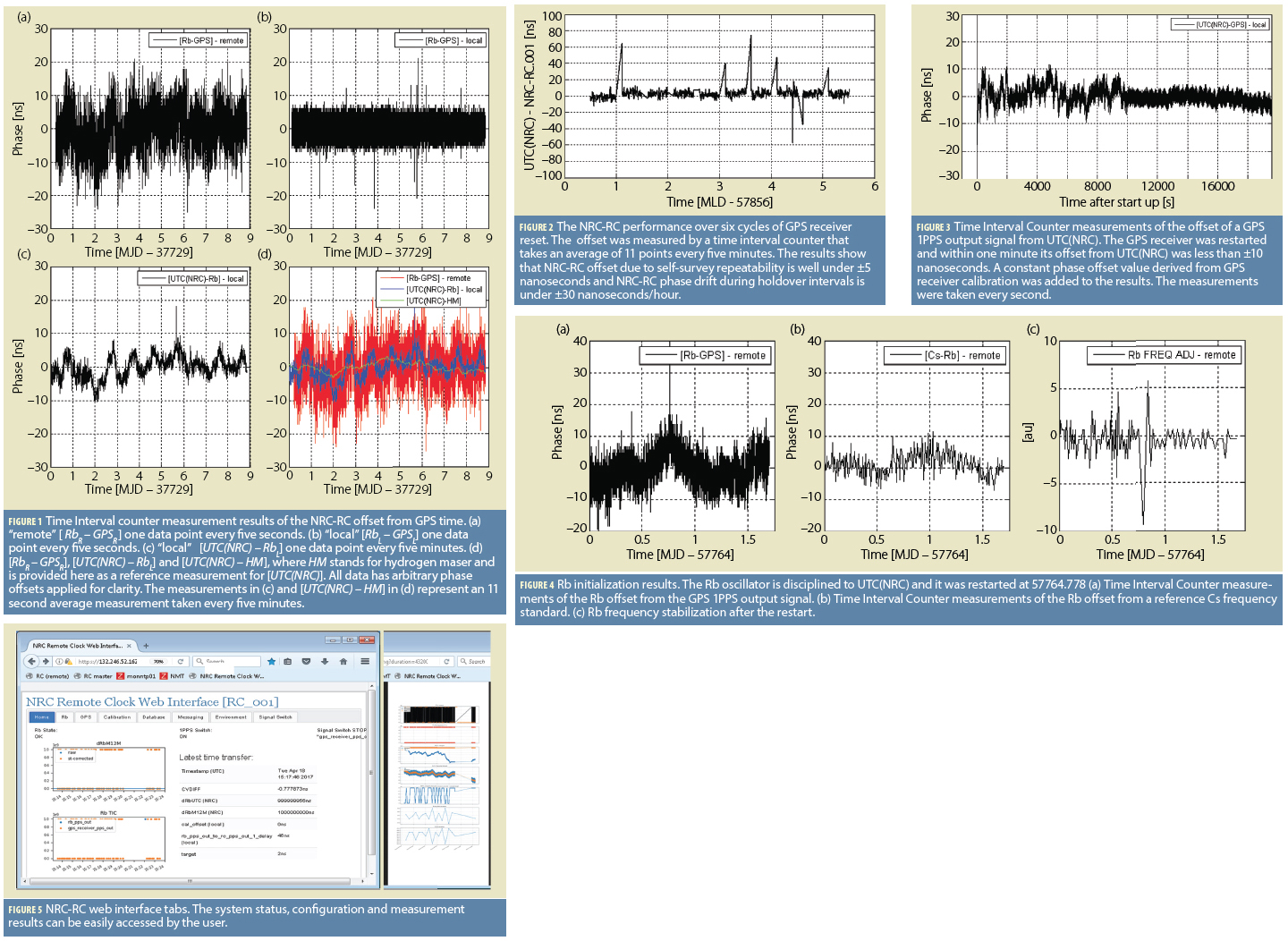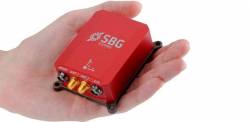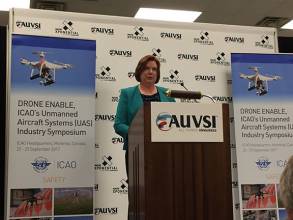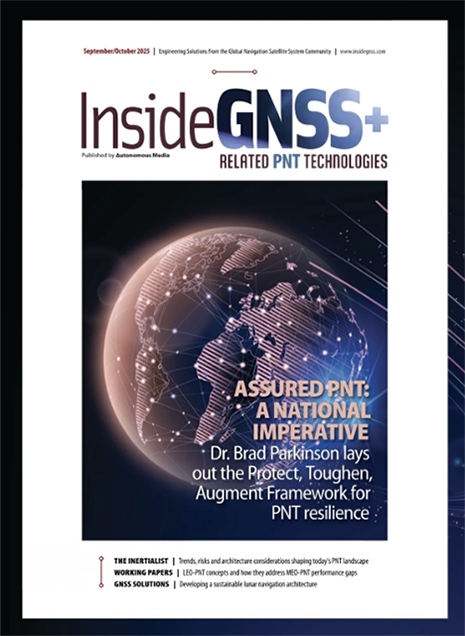Paris Air & Space Show/ESA Pavilion
 Inside the ESA pavilion – Access to space. ESA photo.
Inside the ESA pavilion – Access to space. ESA photo.The European Space Agency (ESA) is seeking ideas for innovative future navigation concepts and products from European industry and academia, and these ideas can come together at the ESA pavilion at the Paris Air & Space Show. There attendees can talk with the team overseeing the new program seeking to drive Europe’s state-of-the-art in finding one’s way.
By Inside GNSS

